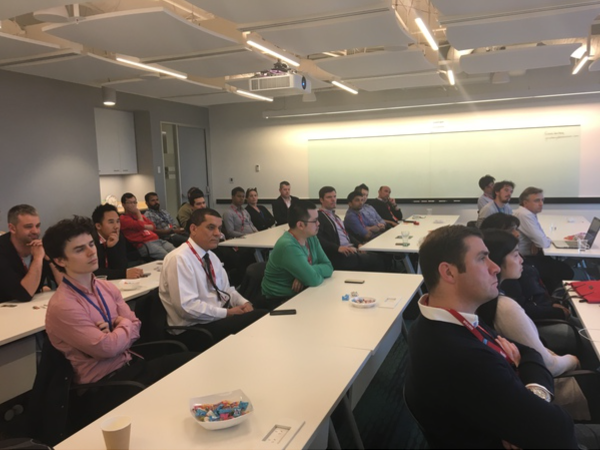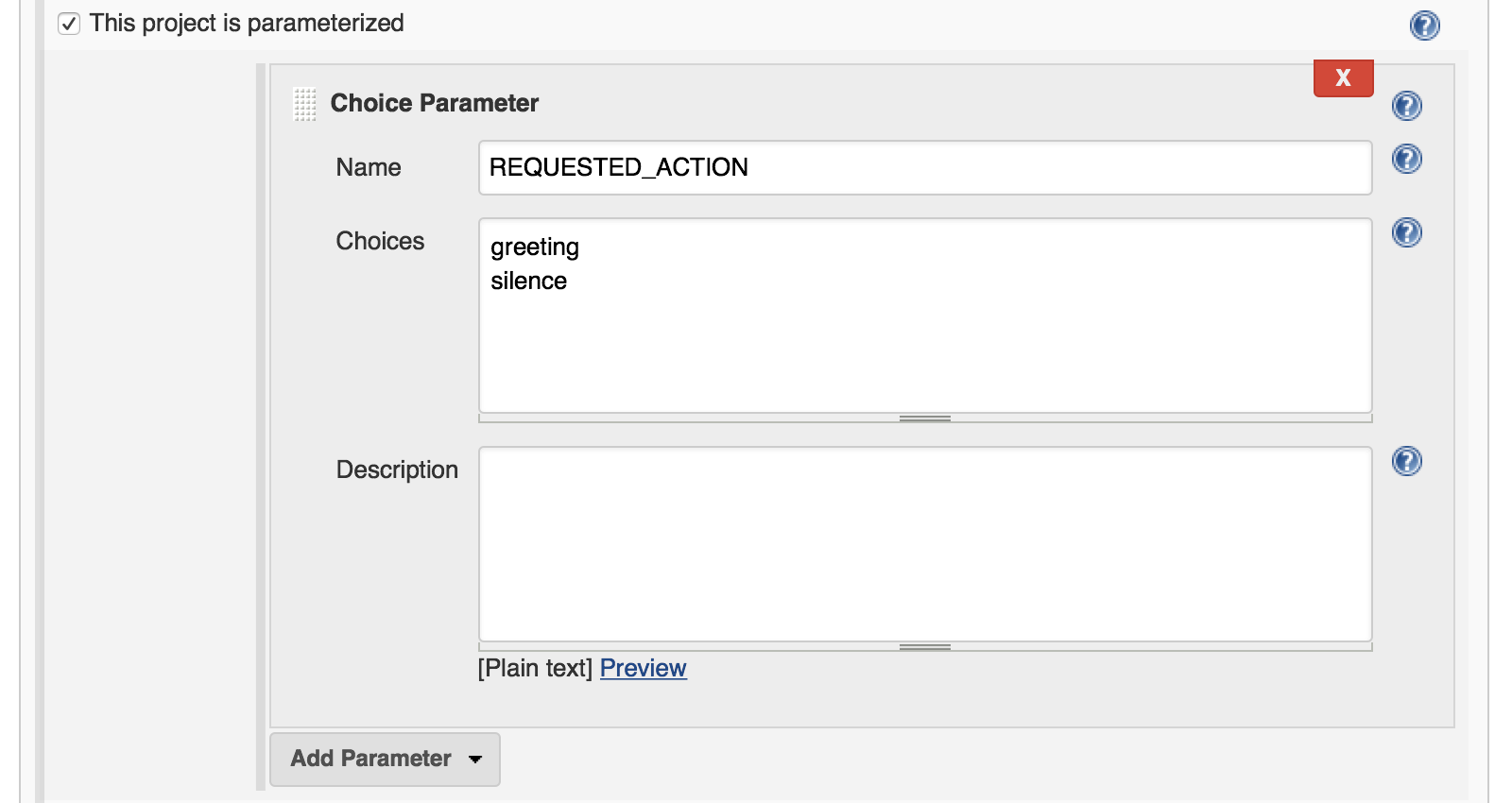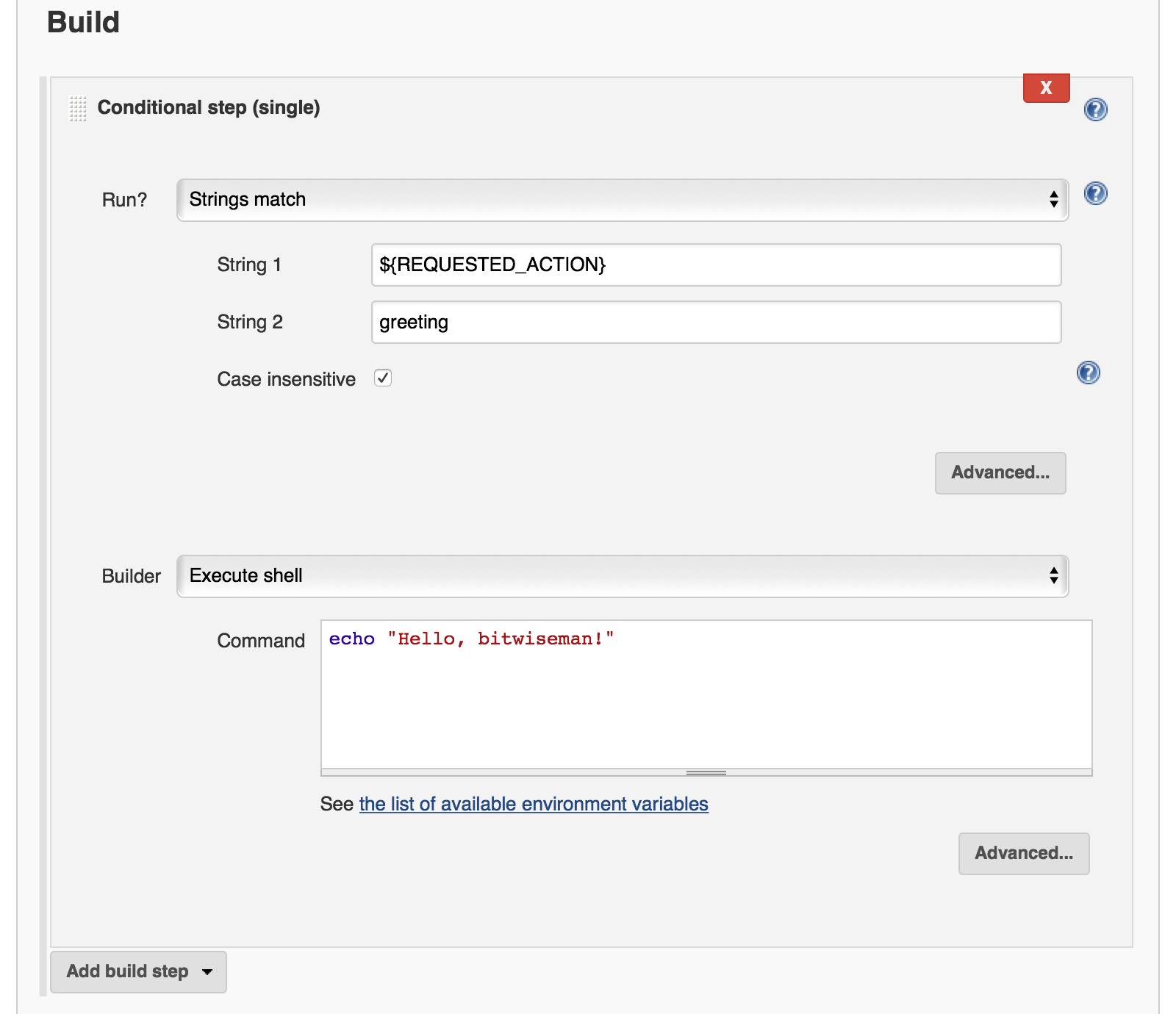As we near the end of the year, the number of November JAMs show that the Jenkins community isn’t slowing down for holiday season. We had a number of excellent events hosted around the world this November with plenty of great stories and presentations shared by the various members of the world-wide Jenkins community.
Melbourne, Australia JAM
Melbourne JAM leaders,Raisa andBhuva hosted Blue Ocean for the inaugural meeting. Attendees learned the values of Blue Ocean, a project that rethinks the user experience of Jenkins, modeling and presenting the process of software delivery by surfacing information that is important to development teams with as few clicks as possible, while still staying true to the extensibility that Jenkins always has had as a core value. Thank you James Dumay for stopping by to take part in the inauguration.

Singapore, Singapore JAM
One of the members who had several years of experience using Jenkins (since Hudson days in fact) to present some basics on Continuous Integration with GitHub. It was targeted at new members who are starting out with Jenkins. We understand that we cannot always serve advanced topics to cater to the experienced users and neglect the newbies so this session was targeted to help give new users an introduction to Jenkins. It went well with about 15-20 attendees and we hope to run some hands-on workshops in 2017. Some members were looking forward to freebies like stickers and T-shirts too!


Moscow, Russia JAM
Moscow JAM leaders,Kirill Tolkachev andOleg Nenashev led the inaugural meeting with a packed full agenda. Oleg began the meeting with an update on Jenkins 2 what improvements users can expect and what enhancements are in the works within the Jenkins project. Following Oleg, Kirill shared how his team in Alfa Laboratory used Jenkins to improve CD/DevOps in their projects (with Jenkins Pipeline, Job DSL andBlue Ocean ), the problems they experienced and how they fixed them. Then Oleg talked about Jenkins Pipeline internals, main features and recent changes in the ecosystem. It was followed up by a discussion of large-scale Jenkins instances at the after-party.
The recording of the event can be foundon YouTube.
Milan, Italy JAM
The first meetup was a great opportunity to meet local Jenkins fans to learn and share Jenkins experiences at a local cafe.
San Francisco, California JAM
R. Tyler Croy performed a 30 minutes live Pipeline coding demo to a relatively novice audience (though all had used Jenkins). A good amount of questions from the audience which conveyed an appetite for the content being presented.Ryan Wallner, presenter from ClusterHQ, also gave a demo based around Pipeline talking about ClusterHQ’s "Fli" integration with a delivery pipeline.


Washington, DC JAM
There was a fantastic 90% showup rate at this month’s meetup - 58 RSVPs and 52 in attendance was pretty impressive. All this may be due to Fannie Mae’s story - the success of how they used Jenkins for CI/CD as part of their DevOps adoption. Afterwards, there was a lot of interests and further discussions taking place. Next month’s host will be Freddie Mac.
Seattle, Washington JAM
Long time Jenkins community member and Seattle JAM leader,Khai Do showed how OpenStack uses "Jenkins Job Builder" to manage and run thousands of Jenkins jobs per day in their multi-master CI/CD system. He also comparedJenkins Job Builder with other Jenkins "Infrastructure-as-code" technologies - Jenkins Pipeline and Jenkins JobDSL. It was followed by an in-depth Q&A and discussion session.
Dallas/Forth Worth, Texas (DFW) JAM
The November DFW JAM was the most strongly attended of the year! DFW JAM leader,Eric Smalling discussed the benefits of dynamic build agents and demonstrated various ways to implement them such as the EC2 and Docker plugins. There was a lot of interest and discussion, especially around Docker and the ability it provides to have ephemeral agents with very little provisioning time.
The recording can be downloaded fromGooel Drive.
Links
Start a JAM in your city if there isn’t one already.
Become a JAM member.
Become an online JAM member
Be a JAM speaker or sponsor. Let us know jenkinsci-jam@googlegroups.com
Become a Jenkins project contributor


















